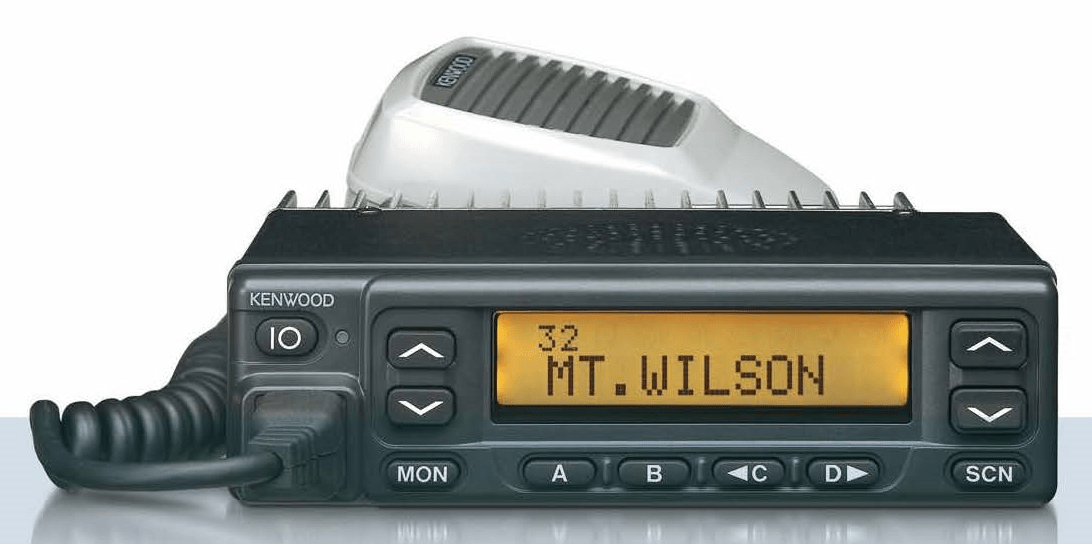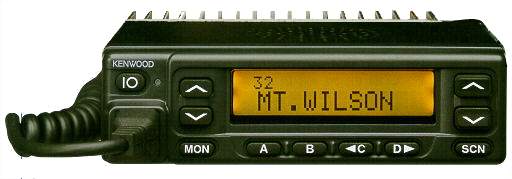
If this equipment does cause harmful interference to radio or television reception, which can be determined by turning the equipment off and on, the user is encouraged to try to correct the interference by one or more of the following measures: However, there is no guarantee that the interference will not occur in a particular installation. This equipment generates, uses and can generate radio frequency energy and, if not installed and used in accordance with the instructions, may cause harmful interference to radio communications. These limits are designed to provide reasonable protection against harmful interference in a residential installation. This equipment has been tested and found to comply with the limits for a Class B digital device, pursuant to Part 15 of the FCC Rules. INFORMATION TO THE DIGITAL DEVICE USER REQUIRED BY THE FCC The user could lose the authority to operate this equipment if an unauthorized change or modification is made. Changes or modifications to this equipment may cause harmful interference unless the modifications are expressly approved in the instruction manual. This equipment generates or uses radio frequency energy. One or more of the following statements may be applicable:

Do not transmit while the caps are being placed into or removed from the container. If you are transporting blasting caps in your vehicle, make sure they are carried in a closed metal box with a padded interior. Turn OFF your transceiver when in an area where blasting is in progress, or where “TURN OFF TWO-WAY RADIO” signs have been posted. Operating the transceiver within 500 feet (150 m) of dynamite blasting caps may cause them to explode. INJURY FROM RADIO FREQUENCY TRANSMISSIONSĭo not operate your transceiver when somebody is either touching the antenna or standing withinĢ to 3 feet of it, to avoid the possibility of radio frequency burns or related physical injury. Do not carry spare fuel containers in the trunk of your vehicle if your transceiver is mounted in the trunk area. Turn OFF your transceiver while taking on fuel or while parked in gasoline service stations. SAFETY: It is important that the operator is aware of, and understands, hazards common to the operation of any transceiver.ĮXPLOSIVE ATMOSPHERES (GASES, DUST, FUMES, etc.) Refer service to qualified technicians only. Illegal operation is punishable by fine and/or imprisonment. Government law prohibits the operation of unlicensed transmitters within the territories under government control.



Do not modify the transceiver for any reason.Do not attempt to configure the transceiver while driving it is too dangerous.Please observe the following precautions to prevent fire, personal injury, and transceiver damage. The models listed below are covered by this manual: As a result, we feel strongly that you will be pleased with the quality and features of this product. KENWOOD transceivers incorporate the latest in advanced technology. We believe this easy-to-use transceiver will provide dependable communications to keep personnel operating at peak efficiency. search for additional items with specific features using the ROIP Cable filter.We are grateful you chose KENWOOD for your personal mobile applications. Please contact an RFWEL Radio Interoperability Specialist for assistance with finding the right interface cable and wireless backhaul options for your interoperability needs. Please contact an RFWEL Radio Interoperability Specialist if you cannot find the ACU-T Interface Cables for your project. ACU-T Interface Cables (see below for compatibility with other radio models).JPS Interoperability Solutions ACU-T Interface Cables.


 0 kommentar(er)
0 kommentar(er)
